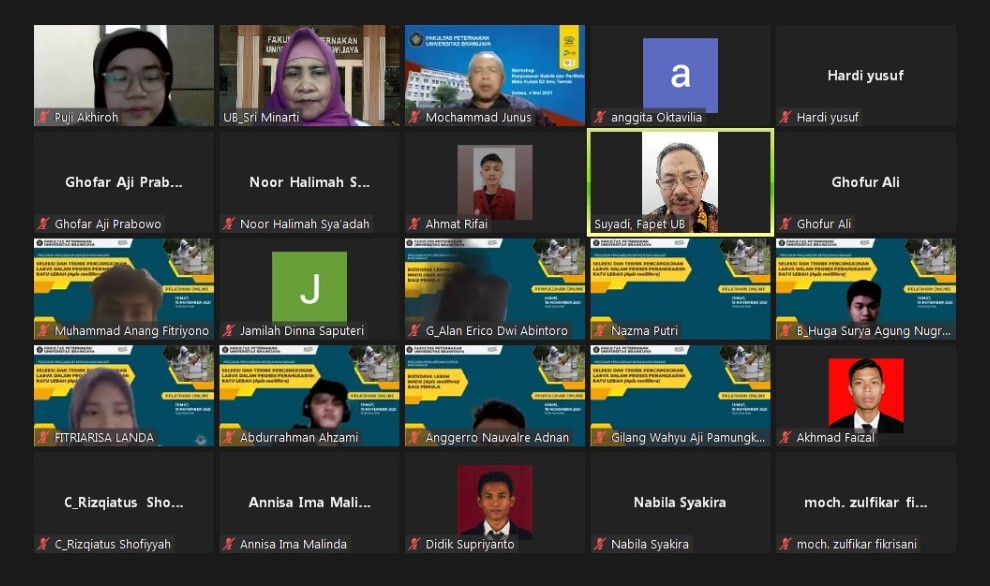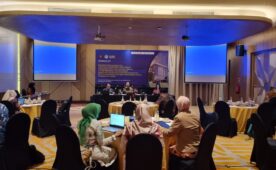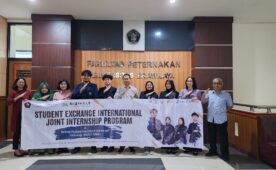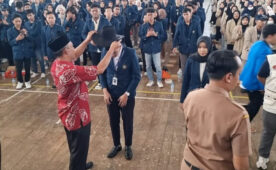
Lecturers of the Faculty of Animal Science Universitas Brawijaya (Fapet UB) carry out community service activities through online training. Carrying the theme of selection and larval grafting techniques in the captive process of the honey bee queen (Apis mellifera), the activity which took place on Wednesday (15/11/2021) was carried out by Dr. Sri Minarti, Prof. M. Junus, and Piji Akhiroh, M.Sc.
Team leader, Dr. Sri Minarti explained that the queen bee is one of the castes in each colony, which has a body size, length, and weight of 2.8 times that of worker bees. Each honeybee colony has only one queen who is in charge of laying eggs for the survival of the colony. The queen is formed from a fertilized larva (fertile), as well as the larvae of prospective worker bees.
Morphologically, the queen bee is superior to the worker bee because the larvae are built in special cell holes of different sizes. The young worker bees will care for the larvae in these special cells by feeding them royal jelly. Meanwhile, the larvae of prospective worker bees are formed in the worker’s nest cell tube with bee bread feed.
The queen is able to live up to the age of five years but productivity will decrease when approaching the age of one year. On the other hand, a new queen will be formed when the old queen really has shown a decline in production so that the life of the colony is increasingly threatened, and encourages worker bees to make new queens.
However, the process of forming a queen takes a long time, which is commercially detrimental to beekeepers/entrepreneurs. Therefore, it is necessary to captive the queen by grafting one day old larvae.
However, farmers have difficulty in identifying the best larvae and grafting techniques or removing from nest cells. Sri Minarti et al teach farmers by providing training on larval identification and selection through theoretical and video presentations. Then farmers are given the opportunity to practice it and consult directly.
“We hope that after participating in this training, farmers will be able to select larvae to create a queen bee.” she said (dta)
Berita Lainnya




Pengumuman





 Indonesia
Indonesia